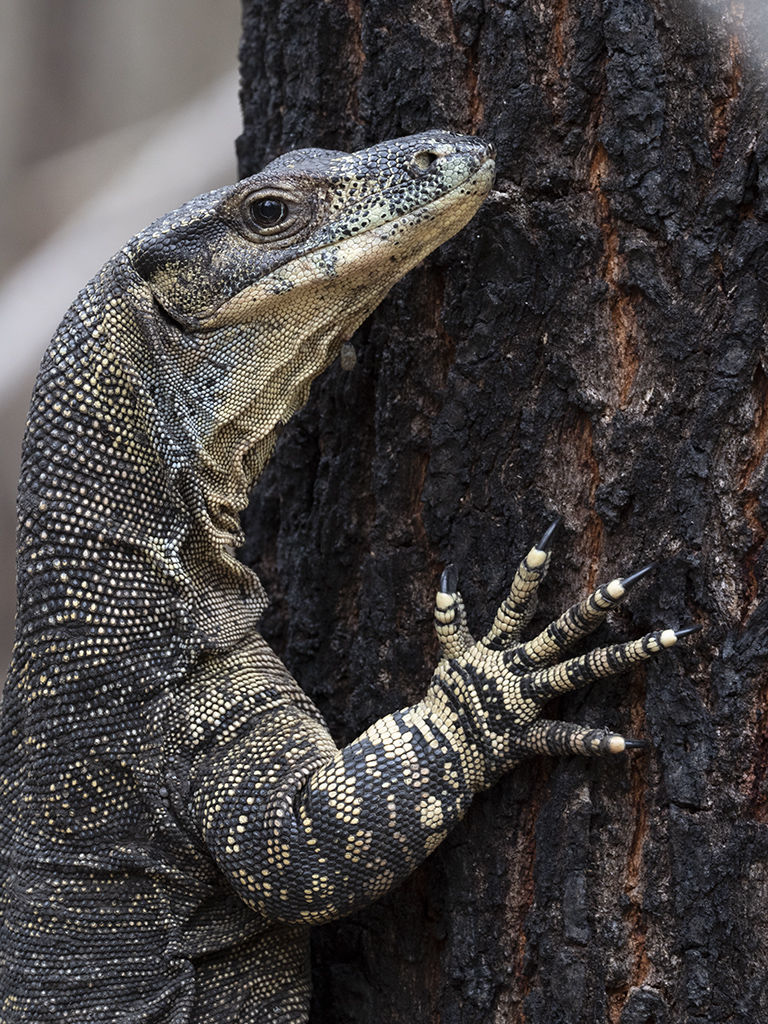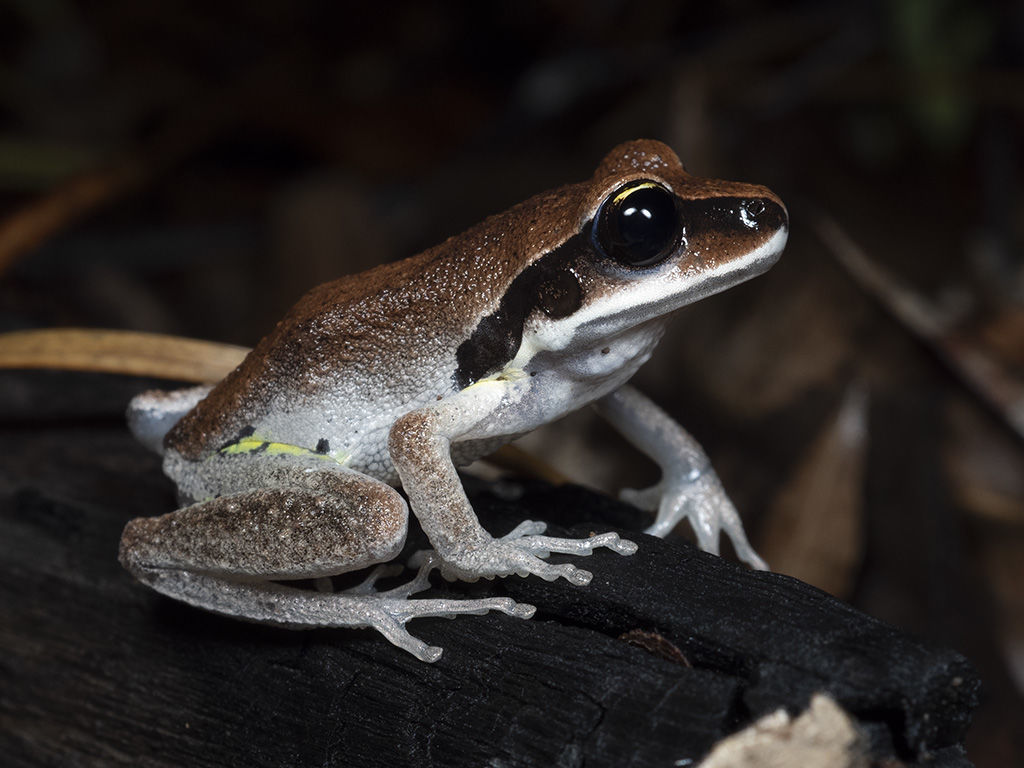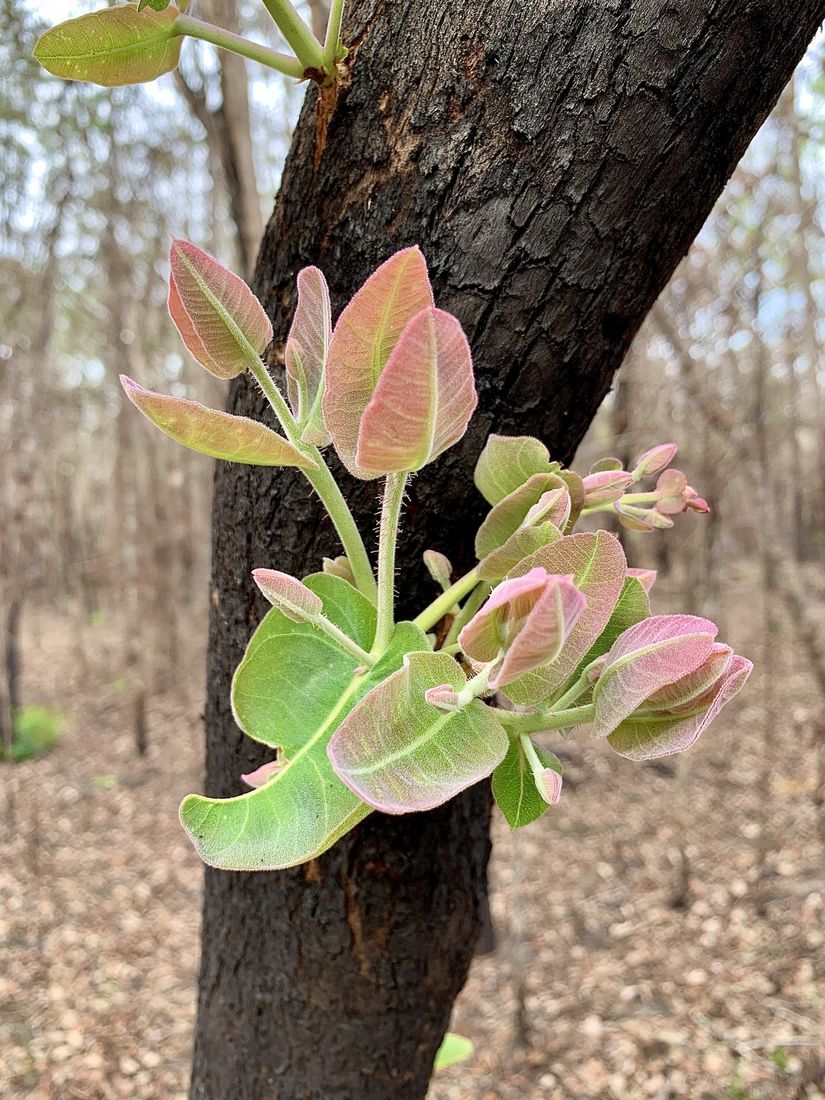Myrtle CreekMyrtle Creek is a 150ha reserve in the Bungawalbin swamp area on the NSW North Coast around 55km north north east of Grafton. The land is flat and swampy, averaging around 10m above sea level. Myrtle Creek forms the western and southern boundaries of the reserve. There is one major billabong in entirely original condition. Sadly land like Myrtle Creek is now very rare, most of it having been drained for agriculture or urban development. As a consequence both the flora and fauna of the reserve have outstanding biodiversity values. The whole of the reserve is occupied by three EPBC listed Threatened Ecological Communities: Coastal Swamp Sclerophyll Forest of New South Wales and South East Queensland; Lowland Rainforest of Subtropical Australia; and Subtropical eucalypt floodplain forest and woodland of the New South Wales North Coast and South East Queensland bioregions. As regards fauna, the reserve helps protect one of the few remaining populations of the endangered north coast emu, as well as four nationally listed species (EPBC listed) and a further 11 NSW listed species. The four EPBC listed species are: Koala, Grey-headed Flying-Fox , Yellow-bellied Glider and the Giant Barred Frog. Myrtle Creek – Species of conservation significance
Over recent years Myrtle Creek has been subject to a series of exceptional climatic events. The whole of reserve was impacted by a huge mega fire during the 2019 bushfire emergency. Usually being a swamp, the fire frequency at Myrtle Creek is very low. However, the extraordinary drought conditions of 2019 left it in a condition where it would burn. This was followed by three very wet years culminating in the whole of reserve going underwater during the 2022 Lismore flood. Today the reserve is pretty much back to where it was before the 2019 drought. However, with climate change predicted to lead to further extreme events, we may well be testing the resilience of nature to its limits.
|




